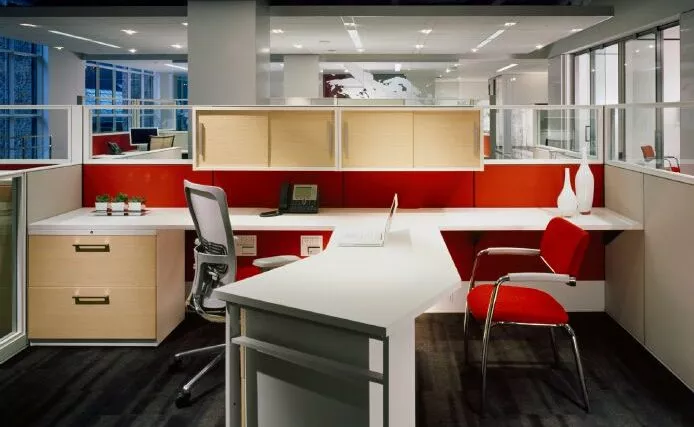As businesses evolve, so do their office spaces. Whether you’re relocating, downsizing, or upgrading your office, the process of decommissioning furniture is a crucial step in the transition. However, decommissioning office furniture goes beyond simply removing it from the premises. It involves strategic planning, responsible disposal, and often, a commitment to sustainability. In this blog post, we’ll explore the key components of efficient office furniture decommissioning and how businesses can streamline the process while prioritizing environmental stewardship.
- Assessment and Planning: Before diving into the decommissioning process, it’s essential to conduct a thorough assessment of your office furniture inventory. Identify which items need to be decommissioned, considering factors such as condition, functionality, and alignment with your future office space needs. Develop a comprehensive plan that outlines the steps involved in decommissioning, including timelines, budget considerations, and sustainability goals.
- Reuse and Repurpose: One person’s unwanted furniture could be another’s treasure. Consider opportunities to reuse or repurpose furniture items within your organization or by donating them to local charities, schools, or non-profit organizations. Reusing furniture not only reduces waste but also benefits the community and supports those in need. Be sure to coordinate with relevant stakeholders and logistics partners to facilitate the reuse or donation process smoothly.
- Responsible Disposal: For furniture items that are no longer usable or in poor condition, responsible disposal is key. Explore recycling options for materials such as wood, metal, and plastics to divert waste from landfills and promote circularity. Partner with certified recycling facilities or waste management providers that prioritize environmental sustainability and adhere to local regulations. Proper disposal ensures that valuable resources are recovered and reused whenever possible.
- Documentation and Reporting: Throughout the decommissioning process, maintain detailed documentation of furniture assets, disposal methods, and environmental impact metrics. This information not only ensures compliance with regulatory requirements but also provides valuable insights for future sustainability initiatives. Consider tracking metrics such as the volume of furniture diverted from landfills, greenhouse gas emissions avoided through recycling, and cost savings achieved through responsible disposal practices.
- Engage Employees: Employee engagement is crucial in fostering a culture of sustainability within your organization. Communicate transparently about the decommissioning process, highlighting the environmental benefits and the importance of responsible disposal practices. Encourage employees to participate in recycling efforts, whether through sorting waste materials or volunteering for donation drives. By involving employees in the process, you can amplify the impact of your sustainability initiatives and inspire collective action.
- Continuous Improvement: Office furniture decommissioning is not a one-time event but rather an ongoing commitment to sustainability. Evaluate the effectiveness of your decommissioning strategies and identify areas for improvement based on lessons learned and feedback from stakeholders. Continuously seek opportunities to optimize resource efficiency, minimize waste generation, and enhance the environmental sustainability of your office operations.
In conclusion, efficient office furniture decommissioning requires careful planning, proactive engagement, and a commitment to sustainability. By adopting a holistic approach that integrates reuse, responsible disposal, and employee involvement, businesses can streamline the decommissioning process while minimizing environmental impact. As stewards of the environment, businesses have a unique opportunity to lead by example and demonstrate that sustainability and business success can go hand in hand.



